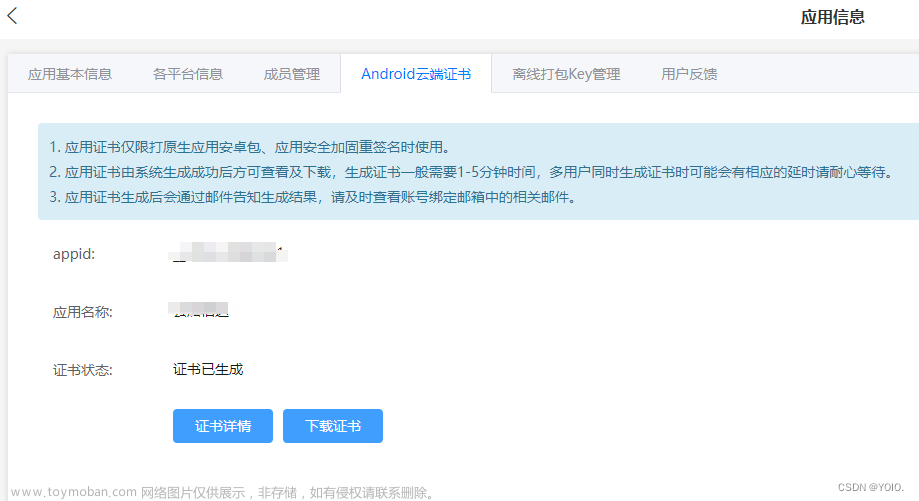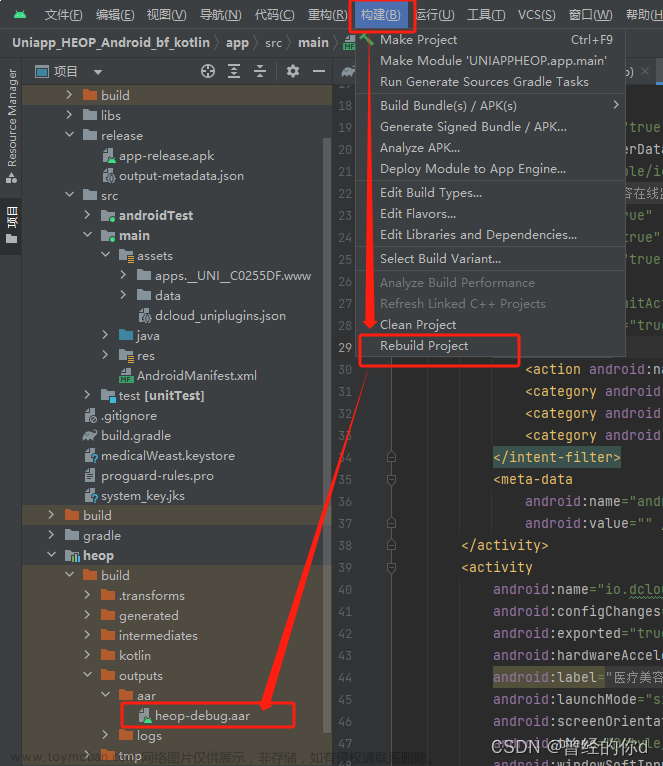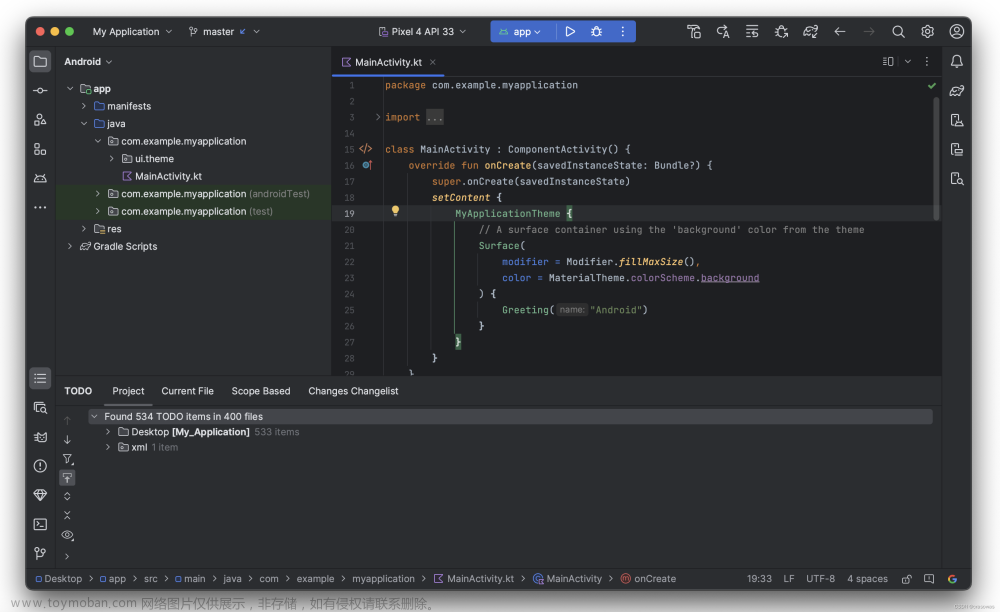1.依赖引入
SDK\libs aps-release.aar, aps-unipush-release.aar, gtc.aar, gtsdk-3.2.11.0.aar,
从android studio的sdk中找到对应的包放到HBuilder-Integrate-AS\simpleDemo\libs下面


2.打开build.gradle,在defaultConfig添加manifestPlaceholders节点,如下图所示,将io.dcloud.HBuilder替换成自己的应用包名,将appid等信息替换成申请之后的appid等
android {
defaultConfig {
manifestPlaceholders = [
"GETUI_APPID": "unipush的appid",
"plus.unipush.appid" : "unipush的appid",
"plus.unipush.appkey" : "unipush的key",
"plus.unipush.appsecret": "unipush的secret",
"apk.applicationId":"io.dcloud.HBuilder"
]
}
}
3.AndroidManifest.xml配置
在io.dcloud.PandoraEntry的Activity标签下追加intent-filter,注意不能和其他的intent-filter内容合并到一起! 文章来源:https://www.toymoban.com/news/detail-595090.html
文章来源:https://www.toymoban.com/news/detail-595090.html
<intent-filter>
<action android:name="android.intent.action.VIEW"/>
<category android:name="android.intent.category.DEFAULT" />
<category android:name="android.intent.category.BROWSABLE" />
<data android:host="io.dcloud.unipush" android:path="/" android:scheme="unipush" />
</intent-filter>
4.dcloud_properties.xml配置
在properties中添加如下配置,features节点与services节点必须同时配置 文章来源地址https://www.toymoban.com/news/detail-595090.html
文章来源地址https://www.toymoban.com/news/detail-595090.html
<properties>
<features>
<feature name="Push" value="io.dcloud.feature.aps.APSFeatureImpl">
<module name="unipush" value="io.dcloud.feature.unipush.GTPushService"/>
</feature>
</features>
<services>
<service name="push" value="io.dcloud.feature.aps.APSFeatureImpl"/>
</services>
</properties>
到了这里,关于android studio 离线打包配置push模块的文章就介绍完了。如果您还想了解更多内容,请在右上角搜索TOY模板网以前的文章或继续浏览下面的相关文章,希望大家以后多多支持TOY模板网!














